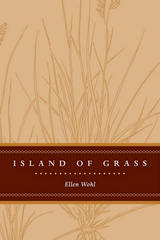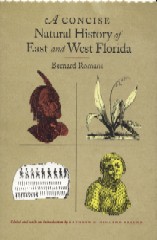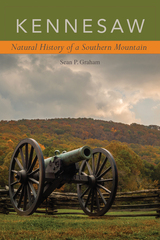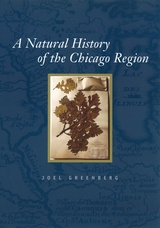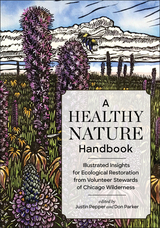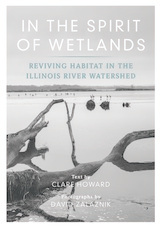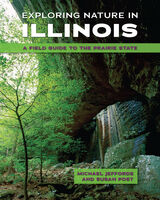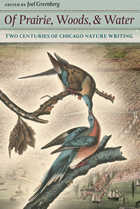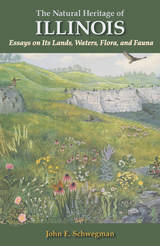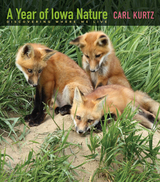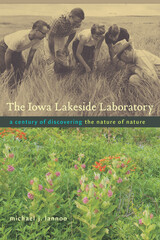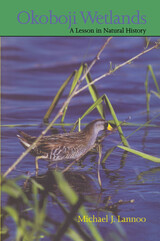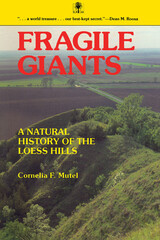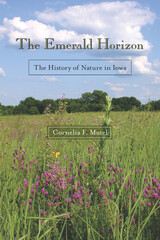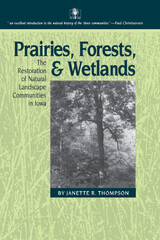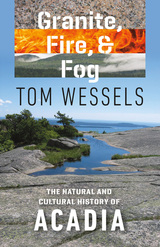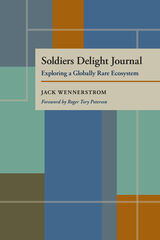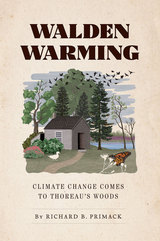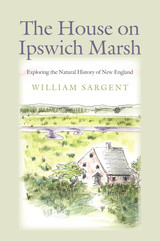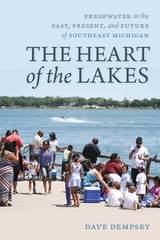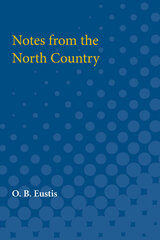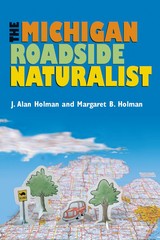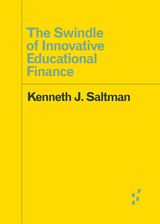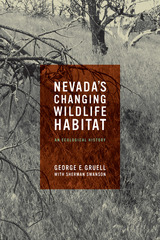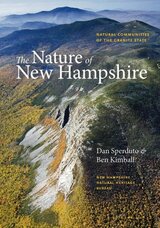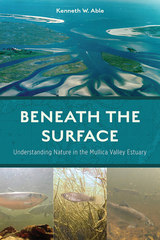Fragile Giants: A Natural History of the Loess Hills
University of Iowa Press, 1989
eISBN: 978-1-58729-162-3 | Paper: 978-0-87745-257-7
Library of Congress Classification QH105.I8M87 1989
Dewey Decimal Classification 508.777
eISBN: 978-1-58729-162-3 | Paper: 978-0-87745-257-7
Library of Congress Classification QH105.I8M87 1989
Dewey Decimal Classification 508.777
ABOUT THIS BOOK | AUTHOR BIOGRAPHY | REVIEWS | TOC | REQUEST ACCESSIBLE FILE
ABOUT THIS BOOK
Just east of the Missouri River in Iowa and northeastern Missouri, an angular band of rugged, prairie-topped and woodland-cloaked hills spans the otherwise uneventful skyline. These are the Loess Hills, recognized throughout the United States for their distinctive natural features. With clarity and thoroughness, Fragile Giants gives us a complete natural history of this area, including three auto tours and a comprehensive listing of public-use areas and educational programs.
See other books on: Ecology | Loess Hills (Iowa and Mo.) | Mutel, Cornelia F. | Natural history | Nebraska
See other titles from University of Iowa Press

